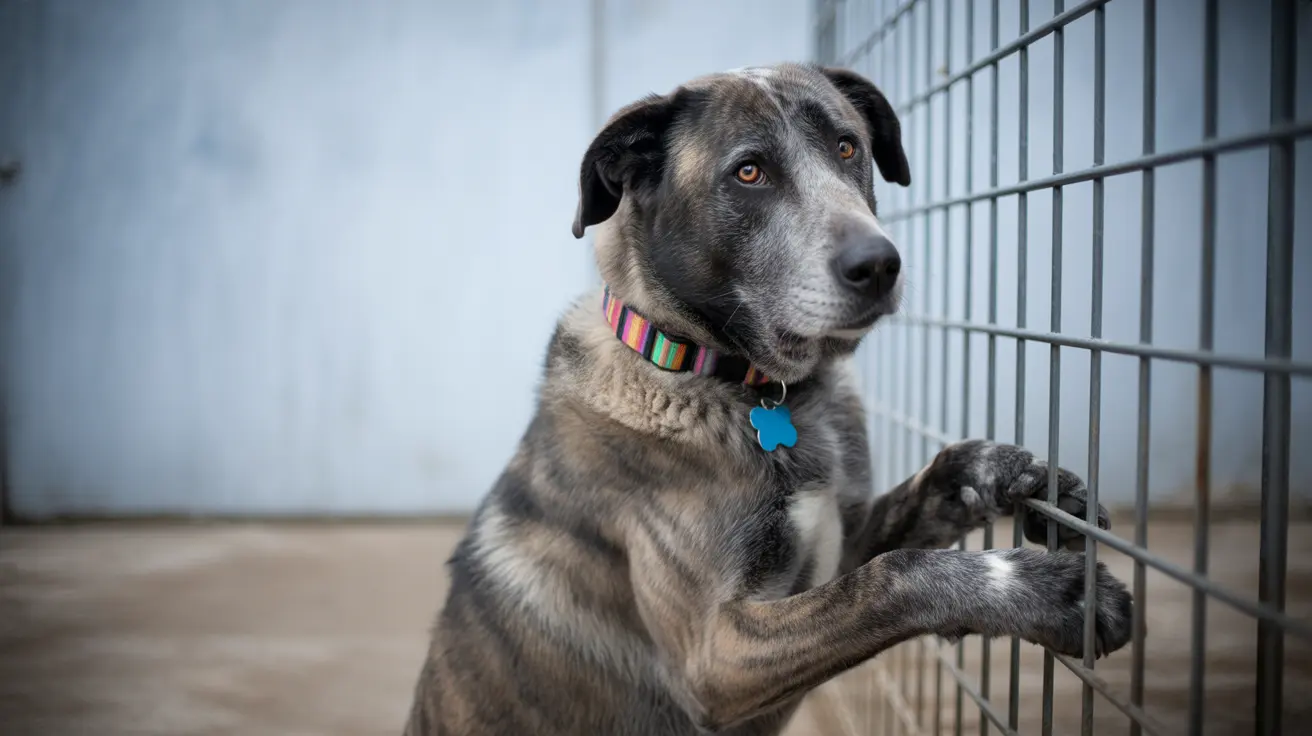Dog Nail Health: Why It Matters
Dog nail health is a crucial aspect of canine well-being that many pet owners overlook until problems arise. When a dog's nail falls off, it can be both concerning and painful for your furry friend. Understanding why this happens and how to prevent it is essential for maintaining your dog's comfort and mobility.
From trauma and infections to underlying health conditions, various factors can cause dog nails to fall off. Let's explore the main causes, prevention methods, and when to seek veterinary care for nail-related issues.
Common Causes of Dog Nail Loss
Physical Trauma and Injury
The most frequent cause of nail loss in dogs is physical trauma. This can occur when nails get caught in carpet fibers, outdoor terrain, or during active play. Long nails are particularly vulnerable to snagging and breaking, which emphasizes the importance of regular nail maintenance.
Infections and Disease
Both bacterial and fungal infections can compromise nail integrity, leading to loosening and eventual loss. These conditions often present with additional symptoms like swelling, redness, and discharge around the nail bed. Some dogs may develop serious conditions like symmetric lupoid onychodystrophy (SLO), an immune-mediated disease that can cause multiple nails to fall off.
Signs Your Dog May Be at Risk
Physical Indicators
Watch for these warning signs that might indicate impending nail problems:
- Brittle or discolored nails
- Splitting or cracking
- Swelling around the nail bed
- Bleeding or discharge
- Abnormal nail growth patterns
Behavioral Changes
Dogs experiencing nail problems often show changes in behavior such as:
- Excessive licking or chewing of paws
- Limping or favoring certain paws
- Reluctance to walk on hard surfaces
- Signs of pain when walking
Prevention and Maintenance
Regular Nail Care
Proper nail maintenance is crucial for preventing nail loss. Schedule regular trimming sessions every 2-4 weeks, depending on your dog's nail growth rate. If you're uncomfortable trimming your dog's nails, consider professional grooming services.
Nutrition and Health
A balanced diet rich in proteins, minerals, and vitamins supports healthy nail growth. Ensure your dog receives adequate nutrition, particularly:
- High-quality protein sources
- Zinc supplements (if recommended by your vet)
- Omega-3 fatty acids
- Biotin-rich foods
When to See a Veterinarian
Seek immediate veterinary attention if you notice:
- Multiple nails falling off
- Signs of infection or inflammation
- Persistent bleeding or pain
- Exposure of the quick (nail bed)
- Changes in nail color or texture that don't resolve
Frequently Asked Questions
Why do dogs' nails fall off, and what are the common causes?
Dogs' nails can fall off due to trauma, infections, immune-mediated diseases, or nutritional deficiencies. Physical injury is the most common cause, often resulting from snagging or breaking during activity.
How can I prevent my dog's nails from falling off through proper care and maintenance?
Regular nail trimming, maintaining a balanced diet, and protecting paws from trauma are key preventive measures. Keep nails at an appropriate length and monitor for signs of problems.
What are the symptoms of nail infections in dogs, and how are they treated?
Symptoms include redness, swelling, discharge, and pain around the nail bed. Treatment typically involves antibiotics or antifungal medications, depending on the type of infection.
Can nutritional deficiencies cause dog nail problems, and how can I address them through diet?
Yes, deficiencies in protein, zinc, and other nutrients can weaken nails. Provide a balanced, high-quality dog food and discuss supplementation with your veterinarian if needed.
How often should I trim my dog's nails to prevent overgrowth and related issues?
Most dogs need nail trimming every 2-4 weeks. The exact frequency depends on factors like activity level and surface exposure. Regular walks on concrete can help naturally file nails.
Taking proper care of your dog's nails is essential for their overall health and comfort. By understanding the causes of nail loss and implementing preventive measures, you can help ensure your furry friend maintains healthy, strong nails throughout their life. When in doubt, always consult with your veterinarian for professional guidance and treatment options.






